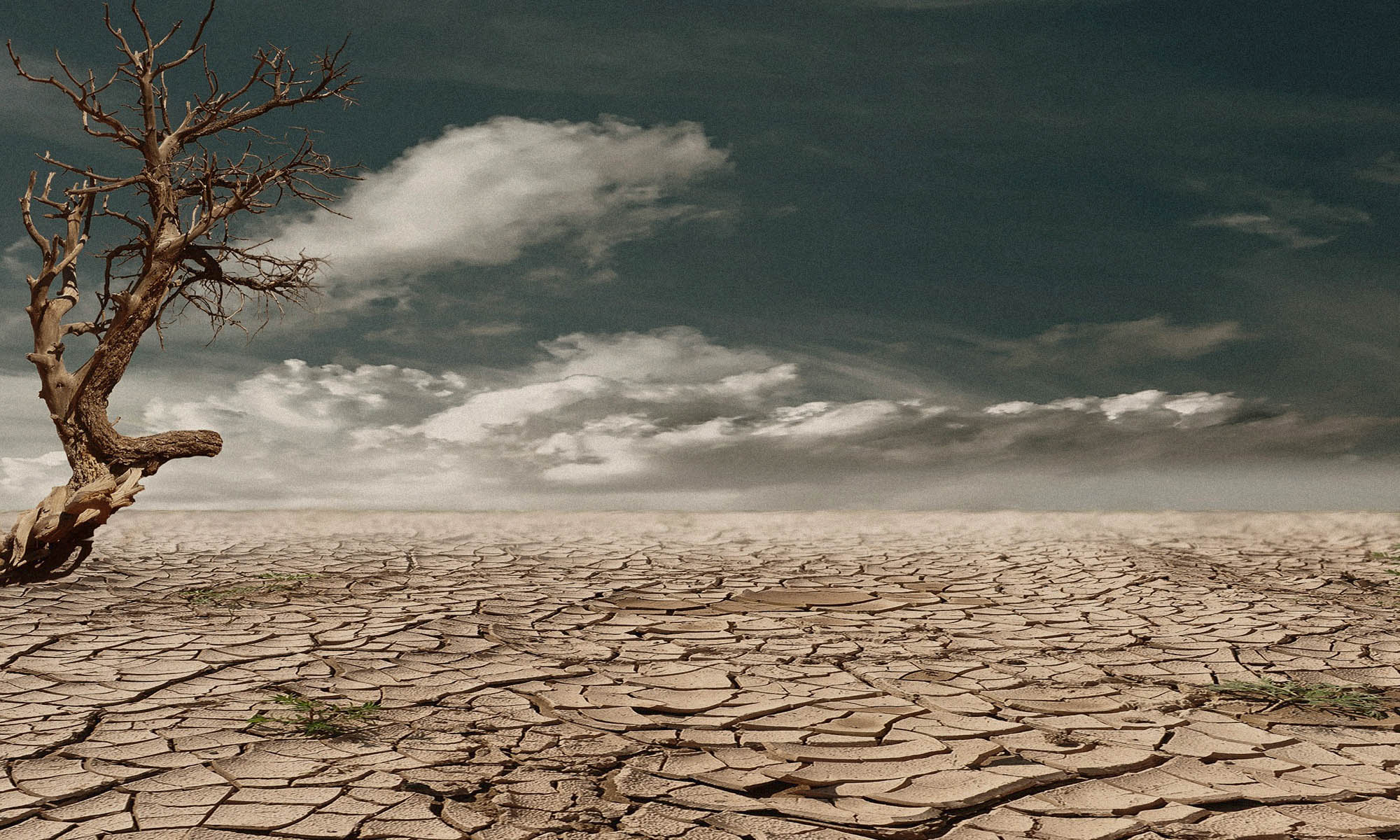Environmental concerns over massive dams have risen over the years. Although hydro-electric power is generally seen as an environmentally clean source of power as it does not release harmful emissions of greenhouse gasses as in the burning of fossil fuels in thermal plants notwithstanding its impact on natural water channels is quite considerable.

The construction of dams has affected over 77 percent of the annual discharge of the large rivers in the northern third of the world. Many studies show that there are approximately 36,000 dams over 15 metres (45 feet) high that, when full, contain about 20 percent of the annual runoff (rainfall not absorbed by soil) for the globe. While offering some benefit to humans, these dams have reduced the ability of rivers to transport water and sediment to the ocean. This change affects the ecology of rivers as well as the biology of the oceans receiving the river water.
Some of the oldest dams have stopped functioning because their reservoirs have filled with huge amounts of sediment. Dams also block the passage of fish and other aquatic animals upstream to spawning grounds.
Dams alter the water temperatures and microhabitats downstream. Water released from behind dams usually comes from close to the bottom of the reservoirs, where little sunlight penetrates. This frigid water significantly lowers the temperatures of sun-warmed shallows downstream, rendering them unfit for certain kinds of fish and other wildlife. Natural rivers surge and meander, creating small pools and sandbars that provide a place for young fish, insects, and other river-dwelling organisms to flourish. But dams alter the river flow, eliminating these microhabitats and, in some cases, their inhabitants.
Finally, dams also prevent nutrient-laden silt from flowing downstream and into river valleys. Water in a fast-moving river carries tiny particles of soil and organic material. When the water reaches a pool or a flat section of a river course, it slows down. As it slows, the organic matter it carries drops to the river bottom or accumulates along the banks. Following heavy rains or snowmelt, rivers spill over their banks and deposit organic matter on their floodplains, creating rich, fertile soil. Some of the organic matter makes it all the way to river mouths, where it settles into the rich mud of estuaries, ecosystems that nourish up to one-half of the living matter in the world’s oceans. Large dams artificially slow water to a near standstill, causing the organic matter to settle to the bottom of the reservoir. In such cases, downstream regions are deprived of nutrient-laden silt.
– Ola Olaniyan
ABOUT THE AUTHOR
Ola Olaniyan is an architect and currently a postgraduate student of the Department of Urban and Regional Planning at the University of Ibadan, Nigeria. A dedicated conservationist and environmentalist, he is one of the pioneers of Green Hope Africa an initiative for Physical/Biodiversity Conservation in Africa. He earned his Bachelor of Science in Architecture as well as Master of Architecture from Obafemi Awolowo University, Ile-Ife, Nigeria.


This reveals a number of interesting problems. I’m sure you have read: “Should We Build More Large Dams? The Actual Costs of Hydropower Megaproject Development”. You can find a copy at http://papers.ssrn.com/sol3/papers.cfm?abstract_id=2406852.
SciDev.net has published an informative section on ‘Africa’s Hydropower Future‘ at http://www.scidev.net/global/energy/data-visualisation/africa-hydropower-future-interactive.html#.
“Researchers should study how a region’s water cycle integrates with biodiversity and local people’s lives, and factor their findings into the proposed design.”